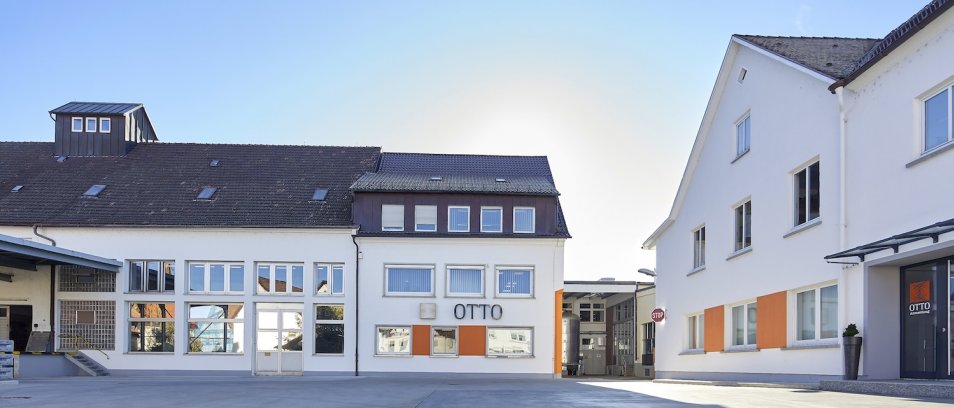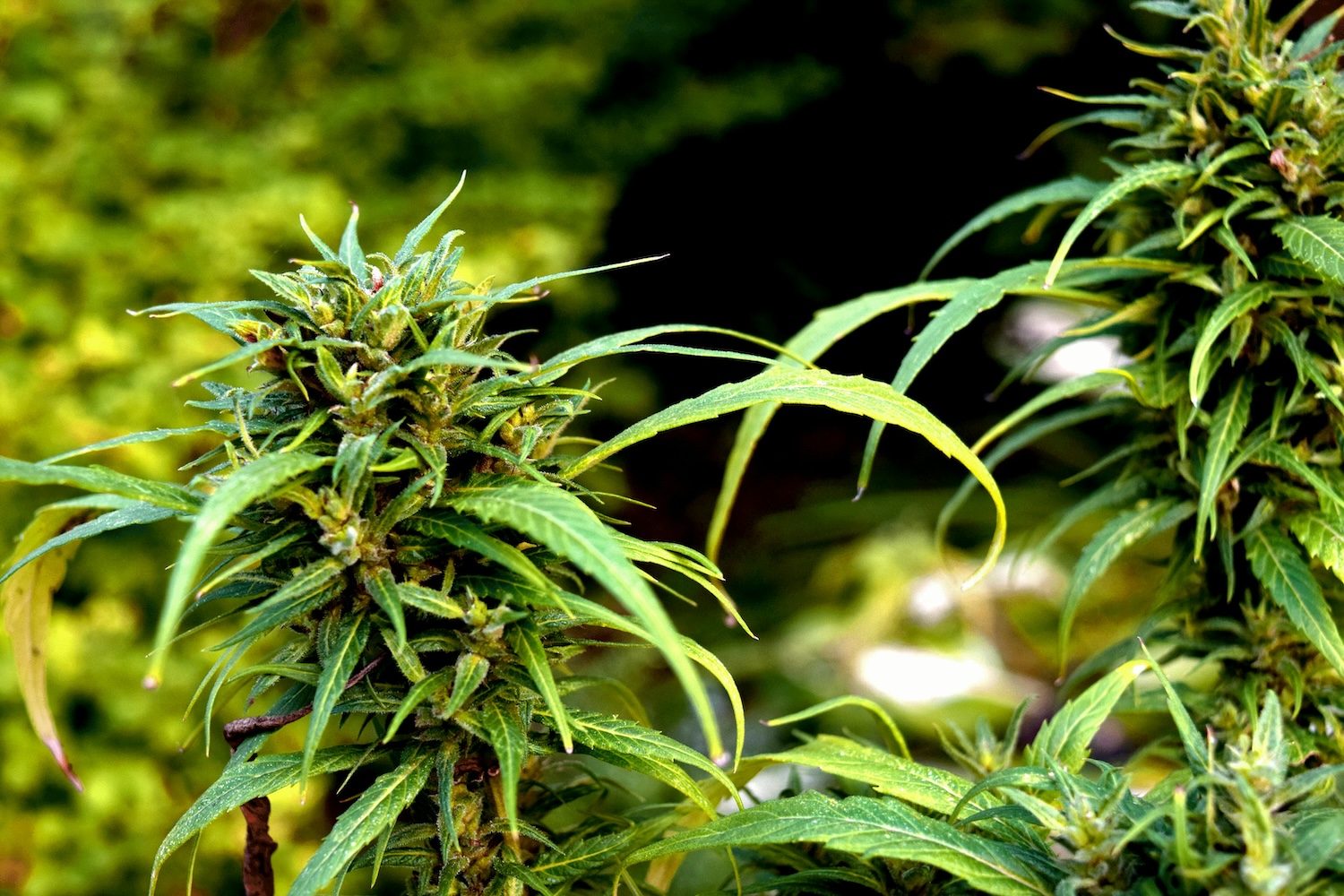
New concept for sustainable period underwear
German spinner develops yarn from cotton and virgin hemp in local supply chain.

24th September 2024
Knitting Industry
|
Dietenheim, Germany
For German spinner Gebrüder Otto, sustainability isn't just a goal, it's a long-term commitment. The textiles manufacturer is moving toward CO2 neutrality by focusing on short supply chains and environmentally friendly innovations.
A prime example is its newly developed yarn from a blend of hemp and cotton. Unlike cotton, hemp requires much less water and can thrive in various climates. Currently, Otto works with German-grown winter hemp, processed by a regional partner and spun with organic cotton into two prototype yarns.
"As a family-owned business, we are committed to sustainability in our operations," says Andreas Merkel, Managing Director of Gebr. Otto, whose family has led the company since 1901. "But sustainability isn't just an end goal for us."
Mr Merkel cites the expansion of the solar power system at the Balzheim plant, which generates 930,000 kWh per year. Otto is also progressing with plans to expand its solar park further. The company’s renewable energy sources, including hydropower from a Dietenheim turbine active since 1901, contribute to reducing CO2 emissions in every Otto product. “Compared to yarns made elsewhere with fossil fuels, Otto yarn is much greener,” Merkel adds. This approach also shields the company from future energy price fluctuations.
Regional partnerships lead the way
Gebr. Otto's commitment to sustainability also extends to regional partnerships, minimising transport costs and CO2 emissions while enhancing flexibility and transparency. The company sources its cotton from trusted suppliers in Spain and Israel. This local approach ensures compliance with the Supply Chain Act, even though, with around 160 employees, the law only indirectly applies to Otto.
Regional sourcing is also integral to Gebr. Otto's yarn innovations. The company has been working on a cotton-hemp blend for several months, using organic cotton and virgin hemp cultivated in Germany. Hemp is gaining attention in the textile industry due to its minimal water requirements and its ability to grow in diverse climates, including Germany. “Hemp fibres are coarser and more robust than cotton, somewhat like linen,” says Merkel.

As with linen, fibre bundles have been used so far. However, a local partner developed a process that allows Otto to obtain individual fibres from hemp, making it easier to blend with cotton. The hemp fibres are shortened, being 8 to 12 centimetres in length and considerably longer than cotton fibres. Even extra-long staple cotton does not reach more than 35 to 38 millimetres, Otto says.
The ‘cottonisation’ of hemp allows Otto to mix 25% German winter hemp with 75% organic cotton. "We’ve already received several sampling inquiries at Techtextil," Merkel notes, adding that the blend has drawn interest from both flat and circular knitters as well as weavers.
Gebrüder Otto, based in Dietenheim in Upper Swabia, is one of Europe's leading suppliers of textile solutions. Traditionally, the company's focus has been on high-quality cotton yarns and twists, which are produced in its own yarn spinning, twisting and dyeing mill. In addition, Otto offers a continuously growing, customer-specific portfolio of technical and medical yarns and textiles at its two locations in Balzheim and Dietenheim. Own brands such as Piumafil and recot² are proof of this claim, as are a large number of awards and certifications. Founded in 1901, Gebrüder Otto is still an owner-managed family business today. With around 160 employees, Otto generated sales of around 30 million euros in 2023.

Business intelligence for the fibre, textiles and apparel industries: technologies, innovations, markets, investments, trade policy, sourcing, strategy...
Find out more